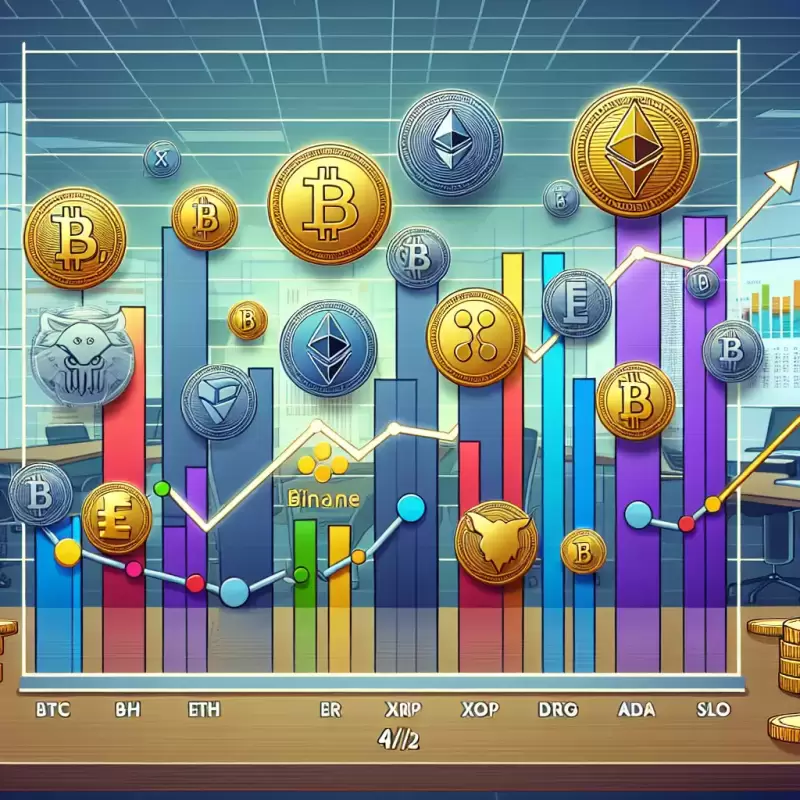 |
|
 |
|
 |
|
 |
|
 |
|
 |
|
 |
|
 |
|
 |
|
 |
|
 |
|
 |
|
 |
|
 |
|
 |
|
銀の 3 ペンスは、1652 年に植民地時代の造幣局が開設されてからわずか数週間後に、そして 13 植民地が英国からの独立を宣言する 1 世紀以上前にボストンで製造されました。

A rare silver threepence coin minted in Boston just weeks after the opening of the colonial mint in 1652 has sold for a record-setting $2.52 million.
1652年に植民地時代の造幣局が開設されてからわずか数週間後にボストンで鋳造された希少な3ペンス銀貨が、記録的な252万ドルで落札された。
The coin, which is about the size of a nickel, was discovered in a cabinet in the Netherlands in 2016, according to a statement from Stack’s Bowers Galleries, the auction house that sold the coin on November 19.
11月19日にコインを販売したオークションハウス、スタックズ・バウワーズ・ギャラリーの発表によると、このコインはニッケル大で、2016年にオランダのキャビネットで発見された。
It was found in a pasteboard box with a note that read: “Silver token unknown / From Quincy Family / B. Ma. Dec, 1798,” CNN’s Issy Ronald reports.
それは、「銀のトークン不明 / クインシー家出身 / B. Ma. 」と書かれたメモが入った段ボール箱で発見されました。 1798年12月」とCNNのイッシー・ロナルドが報じた。
The coin was sold as part of the Bowers Brand Rarities Part II auction, which featured “important numismatic rarities from the colonial era through the 20th century,” according to the auction house.
オークション会社によると、このコインは「植民地時代から20世紀までの重要な貨幣希少品」を特集したバウワーズ・ブランド・レアリティーズ・パートIIオークションの一部として販売されたという。
One side of the coin bears a simple “NE” stamp to signify New England. The other side denotes its value in Roman numerals. It weighs just 1.1 grams, giving it a silver melt value of just $1.03.
コインの片面には、ニューイングランドを示すシンプルな「NE」の刻印があります。反対側にはローマ数字で値が表示されます。重さはわずか 1.1 グラムで、銀の溶解価格はわずか 1.03 ドルです。
The Boston mint likely only made coins in this style for a few months. Most have been lost to history, so private collectors rarely have an opportunity to buy one.
ボストン造幣局がこのスタイルでコインを製造したのはおそらく数か月間だけと思われます。ほとんどが歴史の中に埋もれてしまったので、個人コレクターが購入する機会はほとんどありません。
“This is one of the most important coins in all of American numismatics,” Stephanie Sabin, president of Professional Coin Grading Service (PCGS), told Numismatic News’ Richard Giedroyc ahead of the auction. “The discovery of this outstanding specimen, tracing back to Boston’s historic Quincy family, means this national treasure is available for ownership by private numismatists for the first time in generations.”
プロフェッショナル・コイン・グレーディング・サービス(PCGS)のステファニー・セイビン社長はオークションに先立ち、「これはアメリカの貨幣学全体で最も重要なコインの一つだ」と貨幣ニュースのリチャード・ギドロイクに語った。 「ボストンの歴史あるクインシー家に遡るこの優れた標本の発見は、この国宝が何世代にもわたって初めて民間の貨幣学者によって所有可能になったことを意味します。」
The company, which grades rare coins, conducted extensive research and testing to learn more about the coin. They confirmed its ties to the Quincy family, which included first lady Abigail Adams.
希少コインを格付けする同社は、コインについて詳しく知るために広範な調査とテストを実施しました。彼らは、大統領夫人アビゲイル・アダムスを含むクインシー家とのつながりを確認した。
In 1781, English coin collector Thomas Brand Hollis asked future president John Adams, then the American ambassador to the Netherlands, if he could help him acquire coins minted in New England, according to the auction house.
同競売会社によると、英国のコイン収集家トーマス・ブランド・ホリス氏は1781年、後に大統領となり、当時駐オランダアメリカ大使を務めていたジョン・アダムズ氏に、ニューイングランドで鋳造されたコインの入手に協力してもらえないかと打診したという。
Adams wrote to his wife and asked her to ship him “a few of the New England shillings. Pray send me half a dozen if you can procure them by different occasions.”
アダムズは妻に手紙を書き、「ニューイングランド数シリングを送ってほしい」と頼んだ。別の機会に入手できるのであれば、6 個送ってください。」
It’s not clear if the recently auctioned threepence was among those Adams sent across the Atlantic Ocean, but “the connection appears likely,” according to the auction house.
最近競売にかけられた3ペンスが、大西洋を越えて送られたアダムスの中に含まれていたかどうかは明らかではないが、「関連性はありそうだ」と競売会社は述べている。
Historians know the location of just one other New England threepence. It’s been in the Massachusetts Historical Society’s collection for the past 120 years, but it has a hole in it, according to the auction house.
歴史家が知っているのは、あと 1 枚のニューイングランドの 3 ペンスの場所だけです。オークションハウスによると、この作品はマサチューセッツ歴史協会のコレクションに120年以上保管されているが、穴が開いているという。
Yale University used to have one in its collection, but that coin was lost sometime before the middle of the 20th century.
イェール大学もかつてコレクションにコインを保管していましたが、そのコインは 20 世紀半ば以前に紛失してしまいました。
The Boston Mint was run by two settlers, John Hull and Robert Sanderson. (Abigail’s great-grandfather was Hull’s stepbrother.)
ボストン造幣局は、ジョン・ハルとロバート・サンダーソンという2人の入植者によって運営されていました。 (アビゲイルの曽祖父はハルの義理の兄弟でした。)
Boston authorities permitted Hull and Sanderson to set up the facility because the commercially successfully Massachusetts Bay Colony needed cash, according to the Smithsonian’s National Museum of American History.
スミソニアン国立米国歴史博物館によると、商業的に成功したマサチューセッツ湾植民地には資金が必要だったため、ボストン当局はハル氏とサンダーソン氏に施設の設立を許可した。
“An inadequate supply of money put [the colony’s] future development in jeopardy,” the museum notes. “England was not inclined to send gold and silver coins to the colonies, for they were in short supply in the mother country.”
「資金供給が不十分なため、(植民地の)将来の発展が危険にさらされている」と博物館は指摘する。 「イギリスは母国では金貨や銀貨が不足していたため、植民地に金貨や銀貨を送る気はなかった。」
In addition to silver threepences, the Boston mint also made sixpences and shillings in four different designs between 1652 and 1682.
銀の 3 ペンスに加えて、ボストン造幣局は 1652 年から 1682 年にかけて 4 つの異なるデザインの 6 ペンスとシリングも製造しました。
The coins were used as currency not just in Massachusetts, but throughout the Northeast. The most famous and abundant are the pine tree shillings, which featured the image of one of the colony’s biggest exports: pine lumber for ships.
コインはマサチューセッツ州だけでなく北東部全域で通貨として使用されました。最も有名で豊富なのは松の木シリングで、これは植民地の最大の輸出品の一つである船舶用の松材をイメージしていました。
All of the coins made at the mint bore the same year, 1652, even if they were made later. Why? That year was in the middle of the Interregnum, a period when Britain was a republic without a king.
たとえそれが後で作られたとしても、造幣局で作られたコインはすべて同じ 1652 年に製造されました。なぜ?その年は空位時代の真っ只中にあり、英国は国王のいない共和制であった。
“In theory, these colonists had no right to strike their own coins, no matter how great their need,” the museum states. “The people in Massachusetts may have cleverly decided to put that date on their coinage so that they could deny any illegality when and if the monarchy were re-established.”
「理論上、これらの入植者には、どれほど必要があったとしても、自分たちのコインを鋳造する権利はありませんでした」と博物館は述べています。 「マサチューセッツ州の人々は、君主制が再確立された場合に違法性を否定できるように、自分たちの貨幣にその日付を入れることに賢明に決めたのかもしれない。」
Eventually, the monarchy was re-established, with Charles II becoming king in 1660. The mint closed in 1682 “after closer royal scrutiny of the operation,” according to the museum.
最終的に王政が再確立され、1660年にチャールズ2世が国王となった。博物館によると、造幣局は「王室による運営の精査を経て」1682年に閉鎖された。
The coin’s $2.52 million sale price set a new world record for an American coin made before the American Revolution, according to Stack’s Bowers Galleries. (The previous record holder sold for $646,250.)
スタック・バウワーズ・ギャラリーによると、このコインの販売価格252万ドルは、アメリカ独立戦争以前に作られたアメリカのコインとしては世界新記録を樹立したという。 (以前の記録保持者は 646,250 ドルで販売されました。)
It also set a record for a non-gold United States coin struck before the founding of the U.S. Mint, the auction house says in a statement.
また、これは米国造幣局の設立前に鋳造された非金の米国コインの記録を樹立した、と競売会社は声明で述べた。
免責事項:info@kdj.com
提供される情報は取引に関するアドバイスではありません。 kdj.com は、この記事で提供される情報に基づいて行われた投資に対して一切の責任を負いません。暗号通貨は変動性が高いため、十分な調査を行った上で慎重に投資することを強くお勧めします。
このウェブサイトで使用されているコンテンツが著作権を侵害していると思われる場合は、直ちに当社 (info@kdj.com) までご連絡ください。速やかに削除させていただきます。





























































